Elevate fall travel experiences with local specialties
KTO recommends five tourist destinations, each a feast for the eyes and the palate
By Lee Si-jinPublished : Oct. 7, 2023 - 16:00
Travel and food often go hand-in-hand, with travel inevitably leading to the sampling of local specialties. The fall season is a great time to combine travel and dining in South Korea, as the abundance of fresh and seasonal produce creates especially tasty dishes.
For the month of October, the Korea Tourism Organization recommends a selection of tourist destinations that will not only create great memories with their unique attractions, but also offer a chance to taste some popular Korean dishes.
Chinatown, Incheon
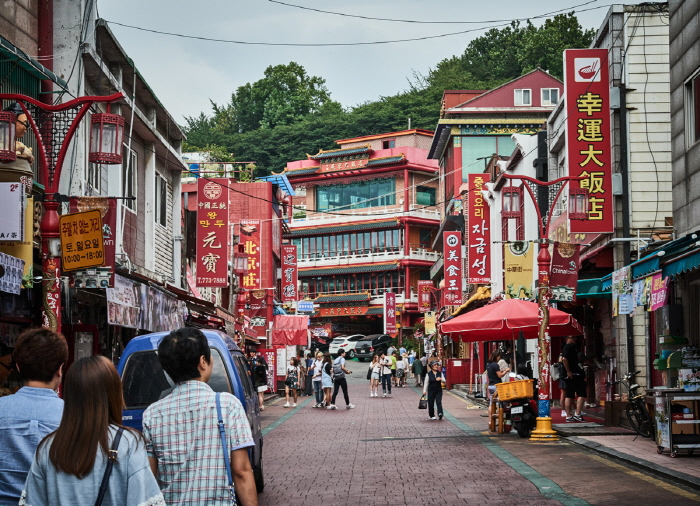
For Seoulites looking for something close to home, the iconic food alley of Chinatown in Jung-gu, Incheon, offers a diverse array of Chinese dishes, ranging from the must-eat jajangmyeon, or noodles in black bean sauce, to the latest food sensation of tanghulu, or candied fruit.
The area is filled with the smells and eye-catching sights of food and desserts like lamb skewers, moon cakes, balloon-shaped bread and more.
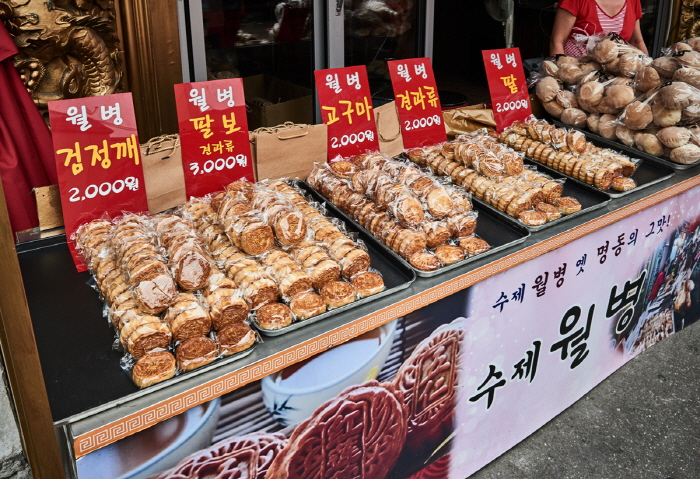
Visitors who have had their fill of mouth-watering treats can enjoy a pleasant three to four-minute stroll to the nearby Fairy Tale Village or Wolmi Sea Train.
Songwol-dong’s Fairy Tale Village is the perfect place to visit with children.
The streets are lined with different toys and accessory shops, and every corner of the village presents an Instagrammable spot, featuring murals and exhibits of popular cartoon characters including Peter Pan, Pinocchio and more.
The Wolmi Sea Train is a sightseeing monorail, where travelers can view the surrounding landscape and other tourist sites.
The monorail is a 6.1-kilometer single loop track, and it takes around 40 minutes to circle around the entire course on Wolmido, a small island just off the coast of Incheon.
Visitors can continue their adventure at the Incheon Open Port Museum, a five-minute walk from Chinatown, to learn more about Korean history from early the 1880s to 1910, the year Japan annexed Korea.
Choryangyukmi Alley, Busan
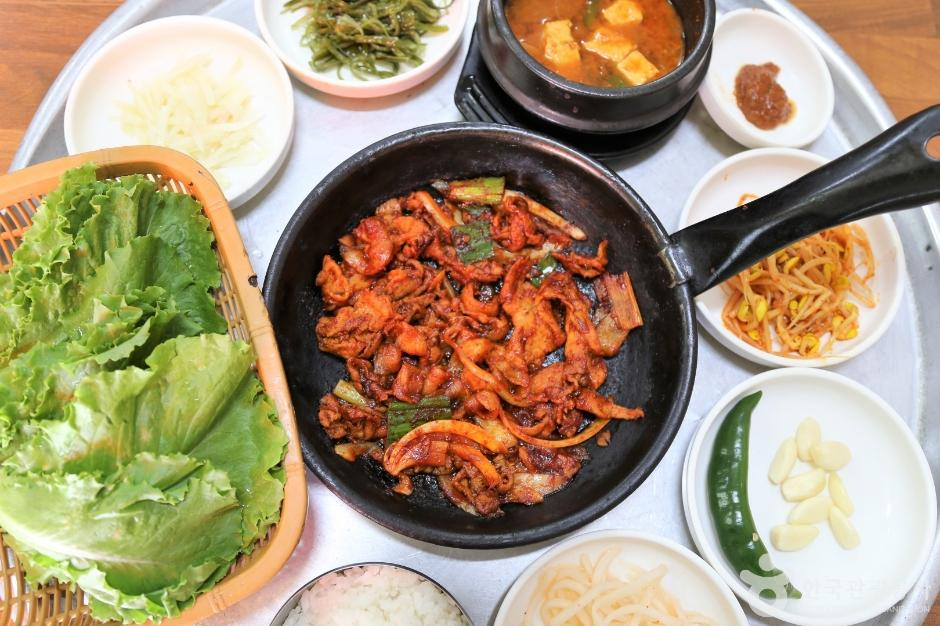
Busan is a treasured destination for its countless local specialties, much-loved by epicureans and foodies across the nation.
Choryangyukmi Alley, a street near Busan Station, is one of the most popular food streets in the city, filling travelers’ bellies with delicious grub upon arrival in the city or right before leaving.
“Choryangyukmi” means the six tastes of Choryang, representing the town’s specialties of pork chops, dwaeji bulbaek (thin slices of grilled pork), dwaeji gukbap (pork and rice soup), milmyeon (cold wheat noodles), skewered fish cakes and eel.
The nearby Choryang Ibagu-gil allows travelers to journey back in time.
The maze-like collection of alleys looks like a period drama set, where visitors can witness the unfolding of history among the 60 to 70-year-old buildings, mountainous narrow streets and steep stairs.
Hadong Jaecheop Village, Hadong
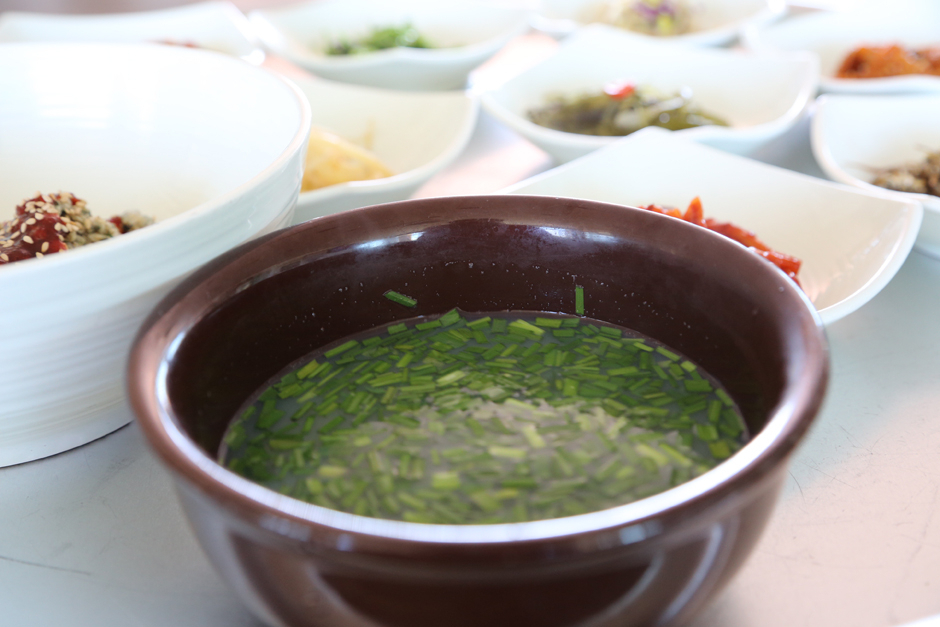
Hadong, a small county some 350 kilometers south of Seoul in South Gyeongsang Province, is the setting of “The Land,” an epic novel written by the acclaimed novelist Pak Kyong-ni.
Commemorating Pak and her spectacular achievement, the county opened the Pak Kyong-ni Literature Museum which exhibits the novelist’s keepsakes, personal belongings, original scripts and more.
A three to four-minute drive from the museum, visitors can take in the panoramic views of the Seomjingang at the Starway Hadong, a special sky-walk attraction which overlooks the river.
Pay a visit to Hadong Jaecheop Village, a food town offering dishes made with jaecheop, fresh-water marsh clams, a specialty of the area. The village is filled with restaurants that have been around for at least 30 years.
Byeongcheon Sundae Street, Cheonan
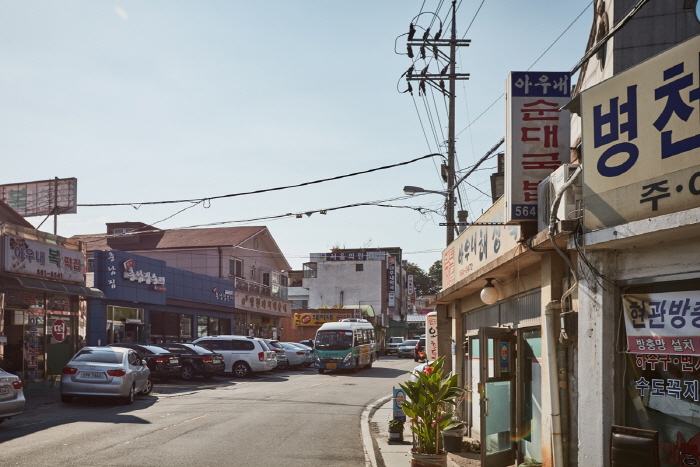
Sundae, or Korean blood sausage, refers to pig intestines stuffed with glass noodles, vegetables and various spices.
Cheap and cut into bite size pieces for quick and easy consumption, sundae remains one of the most popular everyday snacks for many Koreans.
However, Byeongcheon-myeon in Cheonan, South Chungcheong Province, presents a new taste experience with its own unique offering of sundae at Byeongcheon Sundae Street.
Byeongcheon sundae is made with small intestines. Like the usual sundae, the small intestine is stuffed with vegetables and pork byproducts, but the village’s specialty does not use glass noodles, making for a lighter overall taste.
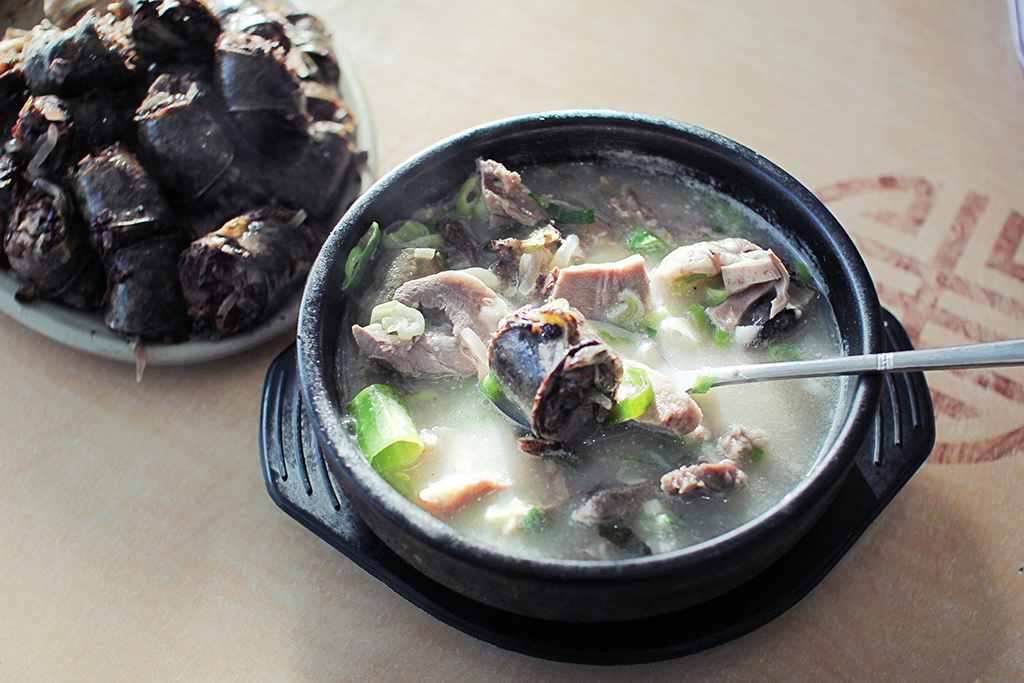
Many sundae restaurants there serve sundae gukbap, which is a bowl of rice and hot soup filled with sundae.
The restaurants use different recipes to prepare the stock. While some use bone broth, others add herbal and medicinal ingredients to create a special flavor.
A spoonful of rice soaked in sundae soup and a dash of kimchi will relieve fatigue and fortify visitors' resolve for traveling onto the next destination.
The Yu Gwan-sun historic site is located less than a kilometer away from the food alley.
Commemorating Yu, a Byeongcheon-born icon of Korea’s March 1 Independence Movement, a shrine in her memory was erected in 1972. The village opened a separate memorial hall dedicated to Yu in 2003.
Another tourist attraction is Cheonan’s Postal Museum, which presents almost 200 years of the South Korean Postal Service's history.
Ranging from the country’s first postage stamps to mailboxes that changed with the times, the museum offers a unique chance to learn about the lesser-known sides of Korean history.
Byeongyeong Pork Bulgogi Street, Gangjin
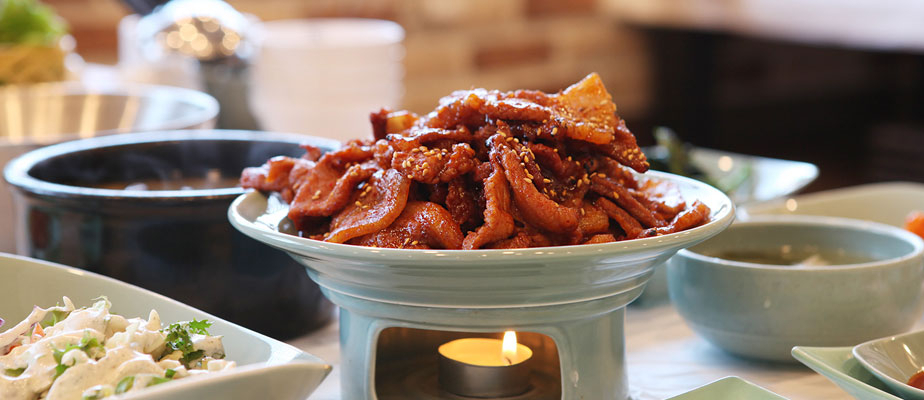
Byeongyeong Pork Bulgogi Street is a renowned food destination for many Gangjin residents.
Located in the small county of Gangjin, South Jeolla Province, the restaurants in this food alley offer quality pork marinated in a spicy sauce and grilled over a briquette.
This delicacy can be enjoyed either with vegetable wraps or 10 other side dishes, which are served alongside the grilled pork.
While the flavor of the pork marinade may vary by restaurant, the quality of the county’s renowned Byeongyeong pork bulgogi is truly unique.
An outdoor pork bulgogi party is held in the areas around Byeongyeong’s traditional market on Fridays and Saturdays through Oct. 28, bringing a festive atmosphere to the village with an electric dance music show, short theater acts and performances by local artists.
During the event, pork bulgogi is served at the cheaper price of 9,000 won ($6.63) but comes with fewer side dishes.
Enjoy a stroll to walk off your heavy lunch (or dinner) at the nearby Jeolla Naval Fortress, located an eight to nine-minute walk from the restaurant area.
The wide-open, panoramic views offered by the fortress, which covers a distance of 1,060 meters, is a great place to enjoy the autumn weather with families and friends.
Gangjinman Ecological Park, a popular scenic bay, is another iconic fall attraction, where Korean wildlife and birds can be observed in the seemingly endless reed field.



















![[Today’s K-pop] Treasure to publish magazine for debut anniversary](http://res.heraldm.com/phpwas/restmb_idxmake.php?idx=642&simg=/content/image/2024/07/26/20240726050551_0.jpg&u=)